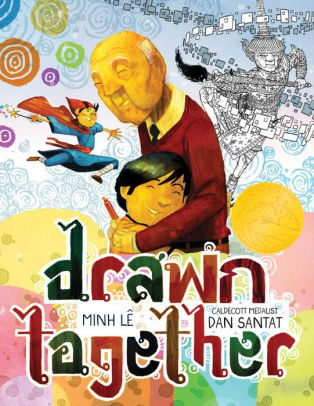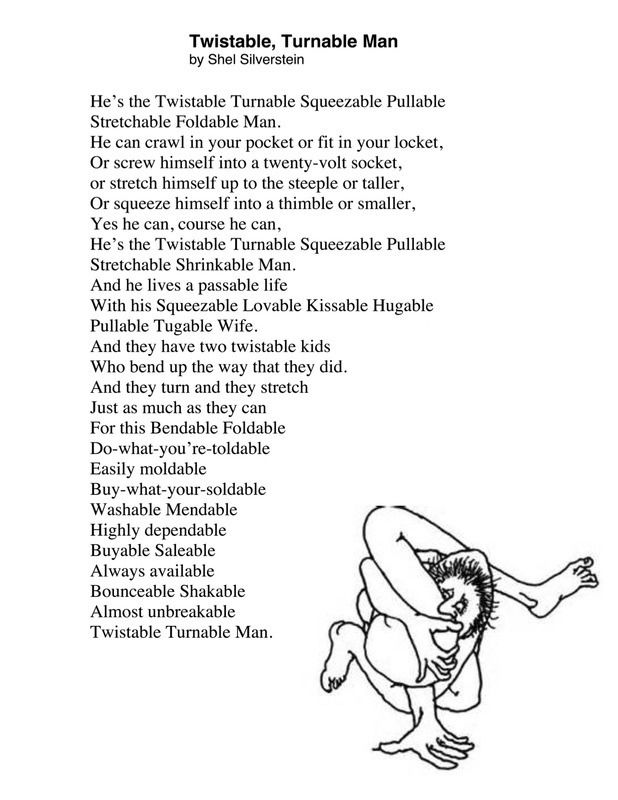Writer's Notebook - Narrative Strategies
- Jana Yount
- Feb 24, 2021
- 3 min read

Written by Jordan Scott
Twitter: @jscottwrites
Illustrated by Sydney Smith
Twitter/Instagram: @Sydneydraws
Article on the collaborations made in making this beautiful book
This book tells a story of a young boy who has a stutter when he speaks. It tells of his emotions and feelings in detail through it's words and illustrations. The book also tells of anxiety and loneliness. His father takes him to the river. A river with all motions and sounds. "I talk like a river," he reminds himself.
Author Jordan Scott beautifully articulated a small moment in this little boys life in the form of a beautiful mentor text. Scott uses senses to build in detail about the boy as well as the river. These senses and details help put the reader in the environment of the narrative (Dorfman & Cappelli, 2017). The reader can see, hear, feel, smell, and taste the environment described. I practiced going more in depth with my senses in narrative writing in my writer's notebook. I wrote about the warmest day we have had in a long time.

I hear the wind sweeping past my window and turning the corner.
The garbage can lid bangs as the wind jostles it up and back down.
For lunch, I sit in the fresh air;
a picnic table beneath my crossed legs,
wind combing through my hair,
sun shining so brightly it warms up my lunch.
Coworkers. Friends.
laugh and converse before returning to work.


I Talk Like a River could also be used with Mentor Texts' Chapter 5 Your turn Lesson 2: "Crafting a Lead Sentence." Students could take this text and jump into their own poem or narrative with a sentence beginning with "I feel like a ____", "I talk like a ___", or "I am like a ___." (Dorfman & Cappelli, 2017) I practiced this in the form of a poem on my Instagram (@msjyount) but I feel like I could use this short poem to start a narrative explaining why I would describe myself as wind.

Written by Minh Le("lay")
Twitter/Instagram: @bottomshelfbks
Illustrated by Dan Santat
Twitter/Instagram: @dsantat
A beautifully put together book about a boy and his grandfather. The two find a struggle in communicating across different languages, ages, and cultures. They find a common language in drawing and art. The beautiful story between these two is a must read and definitely pulls on the heart strings.

Drawn Together beautifully does Your Turn Lesson 2 of Mentor Texts Chapter 4: "Using Illustrations to Add Details." My favorite page of the book to show this strategy is to the left (Dorfman & Cappelli, 2017). The only English words on the page are "So... what's new, Grandpa?," but I read so much more than just those words. I first notice the difference in dinner choices and silverware; showing the differences in their culture. I then notice their age difference in the first panel on the right. How the boy is so small and so different from Grandpa that he doesn't have an appropriate-sized chair, but rather swings his feet as they eat. In the second panel is where the speech comes in. The boy asks what's new, and Grandpa answers in a language he does not understand. At the beginning of the book, with the publication info, is the translation of what Grandpa says: "How are you doing?" I can tell by the young boy's facial expression that he is confused and not pleased with having to stay with this man he can't relate to, let alone converse with. The final panel shows how awkward it is. How neither of them has anything to say, knowing the other wouldn't be able to understand it. Both characters have faces of disappointment. SO MUCH DETAIL in Dan Santat's illustrations.
References
Dorfman, L. R., & Cappelli, R. (2017). Chapter 4: When Writers Use a Magnifying Lens-Chapter 5: Growing a Narrative from Beginning to End. In Mentor Texts: Teaching Writing Through Children's Literature, K-6 (2nd ed., pp. 77-147). Portland, ME: Stenhouse.
Lê, M., & Santat, D. (2018). Drawn Together. New York, NY: Disney-Hyperion.
Rosenthal, A. K. (2020). Unit 4: Science-Unit 5: Midterm Essay. In Textbook Amy Krouse Rosenthal (pp. 151-171). Penguin Random House.
Scott, J., & Smith, S. (2020). I Talk Like a River. New York, NY: Neal Porter Books.




Comments